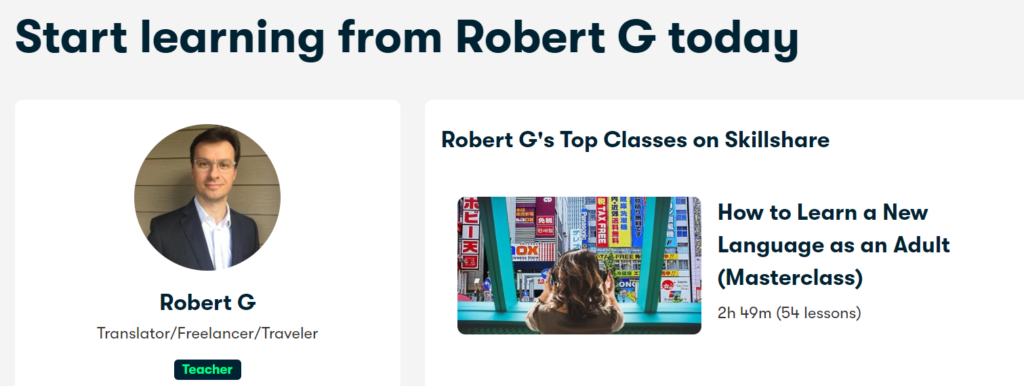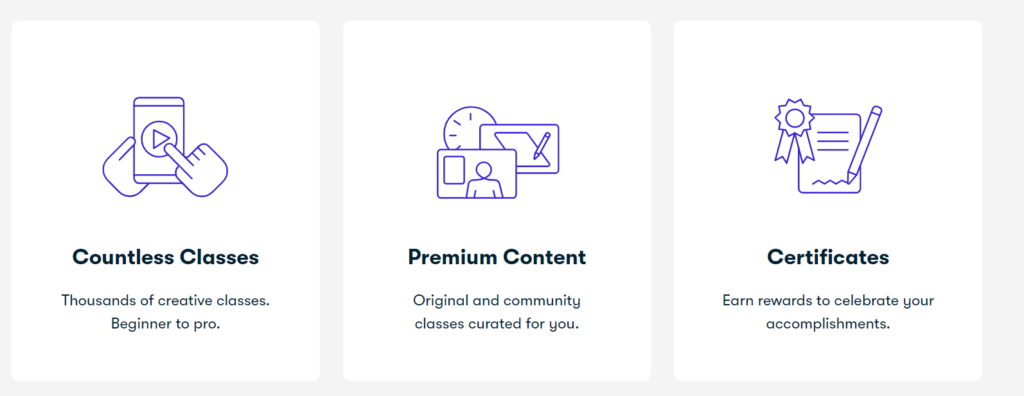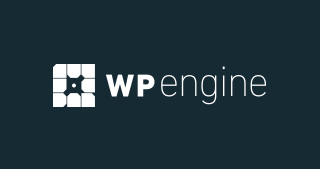In the digital age, online learning has become an essential avenue for both professional and personal development. Two of the most well-known platforms leading this educational revolution are Skillshare and Udemy. These platforms offer a wide array of courses, catering to various skill levels and interests, from graphic design and photography to coding and business management. However, each platform has its unique features, strengths, and target audiences. In this post, we’ll dive into a detailed comparison of Skillshare and Udemy, focusing on their overall offering, features, pricing structures, and much more, to help you make an informed decision about which platform suits your needs.
Introduction
Skillshare and Udemy have garnered massive popularity in the online education space. Both platforms provide users with access to thousands of courses taught by experts across a wide range of fields. However, they differ significantly in their course structures, pricing models, and overall approach to learning. This article will break down these two platforms in detail to highlight the major differences and help you decide which might be the best fit for your learning style and objectives.
Overview of Skillshare and Udemy
Skillshare
Skillshare is a community-driven learning platform primarily focused on creativity, design, business, and technology. Launched in 2010, it promotes a project-based approach to learning, where students work on real-world projects and engage with peers. Skillshare also encourages bite-sized learning with courses that are often under an hour, making it easier to fit learning into a busy schedule.
Skillshare operates on a subscription-based model, meaning users pay a monthly or yearly fee for unlimited access to the entire library of courses. This makes it ideal for students who are interested in exploring multiple courses over time or acquiring various skills within their area of interest.
Udemy
Udemy, on the other hand, operates as an online course marketplace where instructors create their own courses, and students purchase individual courses for lifetime access. Founded in 2010, Udemy offers a wide range of subjects, including technical skills, personal development, lifestyle, and business management.
With over 200,000 courses available, Udemy caters to almost every imaginable learning need. Courses vary in length, ranging from an hour to several hours of in-depth learning, and are created by industry professionals, educators, and independent subject matter experts.
Features of Skillshare and Udemy
Skillshare Features
- Subscription-Based Access: Skillshare provides unlimited access to all courses for a monthly or annual subscription. This is beneficial for individuals who like to explore different topics or take multiple courses at once.
- Project-Based Learning: Courses on Skillshare often focus on project-based learning. This allows students to apply what they’ve learned in a practical way by completing a project by the end of the course. This hands-on approach is particularly effective for creative subjects like graphic design, photography, and writing.
- Community Interaction: Skillshare emphasizes community-driven learning. Students are encouraged to interact with their peers through the platform’s discussion boards, feedback sections, and project reviews. It fosters a collaborative environment, which enhances the learning experience.
- Short and Concise Courses: Courses are typically structured into bite-sized lessons ranging from 30 minutes to 2 hours. This format makes it easier for users to learn at their own pace, fitting education into even the busiest schedules.
- Offline Learning: The Skillshare mobile app allows users to download courses for offline learning, which is a useful feature for those who may have limited internet access or prefer learning on the go.

Udemy Features
- Pay-Per-Course Model: Udemy allows students to purchase individual courses and grants lifetime access to those courses. There is no need for a subscription, making it a good option for learners who prefer to focus on specific skills or subjects.
- Massive Course Library: Udemy offers over 200,000 courses across almost every conceivable subject. This variety makes it a one-stop shop for learners looking for a diverse range of courses from IT and software development to yoga and cooking.
- Instructor Freedom: Udemy’s platform allows anyone to create and upload a course. While this provides a wide array of options, the quality of the courses can vary widely depending on the instructor. However, Udemy’s user ratings and reviews help students identify high-quality courses.
- Certification: Upon completion of most courses, Udemy provides a certificate of completion, which can be useful for professional development or adding credentials to a resume. Skillshare does not offer certificates for its courses.
- In-Depth Learning: Courses on Udemy tend to be more comprehensive and detailed, often spanning multiple hours or even days of content. This makes Udemy a better choice for those looking to deep-dive into a particular subject.
- Frequent Discounts: Udemy frequently offers discounts on its courses, with many courses being available for as low as $10 during sales. This makes it a highly affordable option for learners on a budget.

Pricing: Skillshare vs. Udemy
Skillshare Pricing
Skillshare operates on a subscription-based model. There are two main pricing tiers:
- Monthly Subscription: $32 per month for unlimited access to all courses.
- Annual Subscription: $168 per year, averaging out to about $14 per month, which provides a significant discount for long-term users.

Skillshare also offers a free trial for new users, which typically lasts for 7 or 30 days, allowing you to explore the platform and take a few courses before committing to a subscription.
Udemy Pricing
Udemy uses a pay-per-course model, meaning students pay for individual courses. The prices of Udemy courses can range from $10 to $200 or more, depending on the course and instructor. However, Udemy frequently offers discounts and sales, with most courses often available for $10 to $20 during promotions. Once purchased, students gain lifetime access to the course and its materials, which means they can revisit it whenever they like.

Unlike Skillshare, Udemy doesn’t offer a subscription model, but it does provide flexibility in course selection, especially for students who prefer not to pay a recurring fee.
FAQ: Frequently Asked Questions
Q1. What is Skillshare?
A: Skillshare is an online learning platform offering a wide range of creative and business courses. It operates on a subscription model, allowing unlimited access to all classes for a monthly or annual fee.
Q2. How does Skillshare’s subscription model work?
A: Skillshare offers two pricing options: a monthly subscription at $32/month or an annual subscription at $168/year (approximately $14/month). Both provide unlimited access to the entire course catalog.
Q3. Does Skillshare offer a free trial?
A: Yes, Skillshare offers a free trial (usually 7 to 30 days), during which you can explore the platform and take courses before deciding to subscribe.
Q4. What types of courses are available on Skillshare?
A: Skillshare is known for creative courses, including graphic design, photography, illustration, and writing. It also offers courses in business, technology, and personal development.
Q5. Can I get a certificate from Skillshare?
A: No, Skillshare does not offer certificates for course completion. The platform is more focused on learning through projects rather than earning credentials.
Q6. Are Skillshare courses downloadable for offline use?
A: Yes, Skillshare allows users to download courses for offline use through its mobile app. This feature is available for all premium subscribers.
Q7. Is there any interaction with other students on Skillshare?
A: Yes, Skillshare encourages a community-driven learning experience where students can share projects, give feedback, and engage with one another in course discussion boards.
Q8. What is Udemy?
A: Udemy is an online learning marketplace where students can purchase individual courses across a wide range of subjects, from technology and business to personal development and lifestyle skills.
Q9. How does Udemy’s pricing model work?
A: Udemy operates on a pay-per-course model. Prices vary, with many courses ranging from $10 to $200. However, frequent discounts make it possible to purchase courses for as low as $10 during sales.
Q10. Are there free courses on Udemy?
A: Yes, Udemy offers a selection of free courses across different subjects, although free courses may not be as comprehensive as paid ones.
Q11. Can I get a certificate from Udemy?
A: Yes, Udemy offers certificates of completion for most paid courses, which can be useful for professional development or adding to a resume.
Q12. How long do I have access to Udemy courses?
A: Once purchased, you have lifetime access to Udemy courses, meaning you can revisit the course material whenever you like.
Q13. Can I download Udemy courses for offline use?
A: Yes, Udemy allows students to download courses for offline access through its mobile app. This feature is available for both paid and free courses.
Q14. What types of courses are available on Udemy?
A: Udemy offers over 200,000 courses in a vast range of topics, including programming, business, marketing, design, personal development, and more. Courses vary widely in length and depth.
Conclusion
Both Skillshare and Udemy provide excellent platforms for online learning, but they cater to different types of learners. Skillshare is ideal for creative individuals looking to explore multiple courses and learn through projects in a community-based environment. Its subscription model makes it cost-effective for those who want to dabble in various subjects. Udemy, on the other hand, is perfect for learners looking for more structured and comprehensive courses, especially in technical and professional fields. With its pay-per-course model, Udemy offers the flexibility of lifetime access to courses, along with certificates that can enhance career credentials.
Ultimately, the best platform for you depends on your learning goals, the subjects you’re interested in, and your preferred learning style. Both platforms have their strengths, and it’s worth trying out both to see which aligns with your educational needs.



